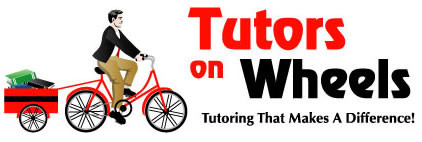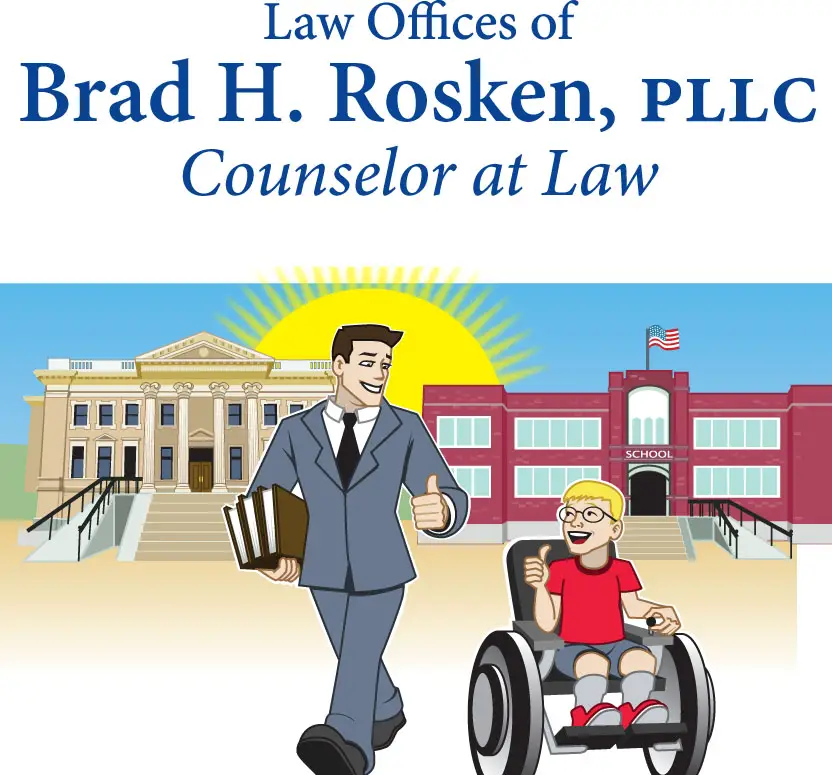More Special Needs Articles:
How to Navigate Coronavirus Hospitalization for Your Child with Special Needs
The Self-Advocacy Association of New York's new guidebook will help you understand your child with special needs' new coronavirus hospitalization righ...Latest News:
Web App Helps Kids with Special Needs Connect and Make Friends
Making Authentic Friendships is a new web app that helps kids and adults with special needs connect with people who share similar interests and abilit...Family Activities:
Have a Laugh:
Best Memes of the Week for Parents
Here are the funniest parenting memes from Instagram, Facebook, and Reddit this week.Featured Listings:

Tutors on Wheels
Our Ivy League tutors pride themselves on offering personalized sessions that are geared towards each student’s individual needs to create an exciting...

Gateway School (The)
New York, NY The Gateway School is an independent school on the Upper West Side of Manhattan where children ages 5-14 with learning differences become skilled, str...

Winston Preparatory Connecticut
Norwalk, CT Winston Preparatory Connecticut is a leading school for students with learning differences, including dyslexia, ADHD, and nonverbal learning disorders...

Law Offices of Brad H. Rosken, PLLC
Melville, New York School districts consult their attorneys, why shouldn’t you? Mr. Rosken is an experienced trial attorney; he is also a parent of a child with special ...


